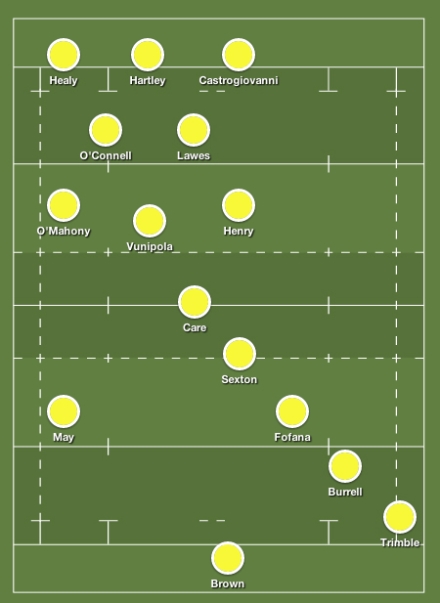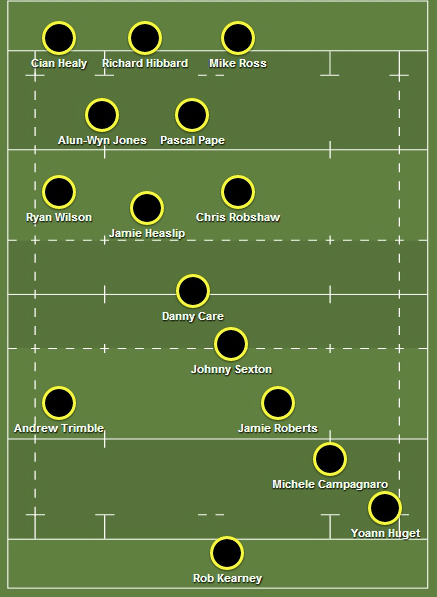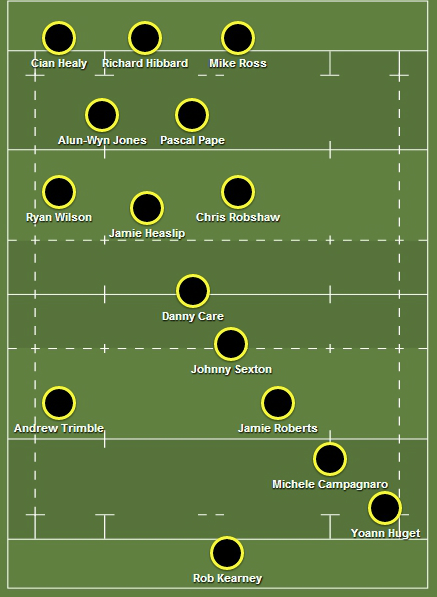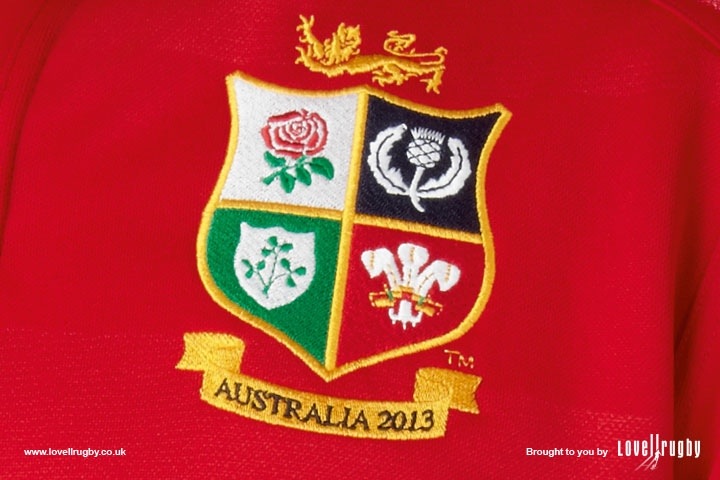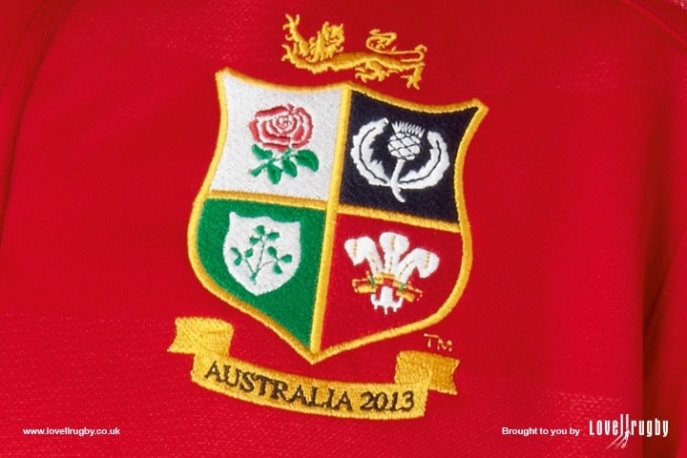After Sam Burgess completed his cross-code switch from South Sydney Rabbitohs to Bath Rugby and set sight on becoming a dual-code international, Sports Lens assesses the fate of those who have gone before.
On the day Readers Digest was sold for a solitary pound, there was a deal worth some £499,999 more leaving the rugby league community with plenty to stomach.
Followers of both codes awoke to news that England international Sam Burgess had completed a half-a-million switch from National Rugby League side South Sydney Rabbitohs to join Premiership Rugby outfit Bath on Monday morning.
Dewsbury-born Burgess wasted no time in stating his intentions following the early-hours announcement from The Rec. “An opportunity presented itself to head back home to England and to pursue a chance to represent my country in two different sports,” he admitted.
“With 2015 being a Rugby World Cup, it was an opportunity I had to pursue and I thank the Rabbitohs for allowing me to make this move and start the next chapter in my sporting career.”
As speculation of the move began to be mooted, rumours suggested the 13-cap England rugby league international would be fast-tracked through the union ranks to feature in the 2015 Rugby World Cup on home soil.
However, England head coach Stuart Lancaster was quick to offer a warning salvo to Burgess, saying: “He’s got a massive learning curve ahead of him – time is short for the World Cup but he’s a special player so we’ll see how he goes.”
With England stocks low at inside centre – a post tentatively being held by Gloucester’s Billy Twelvetrees – it is expected Burgess will be moulded as a No 12, but Lancaster insists there is a stern learning curve.
“It’s going to be tough – to arrive in November and learn the game, play the game and also earn the right to play on merit ahead of the players we’ve got,” he added.
“It’s a competitive position and while he’s a good player, there are a lot of intricacies to learn.”
All of those which have become dual-code internationals have done so as backs and Lancaster puts that down to the techniques involved in union set-pieces.
“In my experience it is easier to make that transition as a back,” he added. “There are less of the complexities of the forward play to learn – scrums and line-outs and everything that goes with it.”
Burgess will be the ninth cross-coder to don the Red Rose should he earn international honours. However, arriving in October – following the climax of the NRL season – gives the 25-year-old little time to prove his credentials ahead of the autumn internationals, meaning he will only have a handful of warm-up games to force his way into Lancaster’s World Cup plans.
Crossing the border
Joel Tomkins – COLD
Burgess’ predecessor joined free-spending Saracens on a big-money contract in 2013 and soon found himself thrust into the international spotlight. Although earning plaudits for an excellent defensive display during his debut against Australia, Tomkins was heavily criticised for lack of creativity in attack. Since his autumn run-out in the England centres, Tomkins has rapidly fallen from grace on the international scene.
Kyle Eastmond – COLD
After four successful years with St Helens in Super League, Eastmond joined Bath Rugby in 2011 and, like Tomkins, struggled to adapt to the rigours of international rugby union. At Premiership level, Eastmond has ignited the Bath back line, bringing certain panache to the touchlines of The Recreation Ground. Such illustrious form failed to translate to international results when Eastmond was presented with the opportunity, raising several concerns over his defensive capacity at the top level.
Shontayne Hape – COLD
Former New Zealand rugby league international Hape switched codes in 2008 and made an immediate impact. Over the course of 13 England caps, Hape – who is now plying his trade with Montpellier in the Top 14 – received intense scrutiny as the England midfield faltered and the Auckland-born back eventually lost his place to Lancaster’s present first-choice Manu Tuilagi.
Lesley Vainikolo – COLD
Vainikolo ended his career in the 13-man code with superfluous statistics of 149 tries in 152 Bradford Bulls appearances, as well as 14 scores in 12 caps for New Zealand. The Tonga-born winger’s union term started in equally-breathtaking fashion as he raced in five tries on debut for Gloucester. Vainikolo’s England call came in 2008 but the back – who was tested both on the wings and in the centres – was exposed and failed to see out the year in the Elite Performance Squad.
Chris Ashton – HOT
Despite his recent lack of favour, there is no doubting Ashton’s conversion from league to union has been one of the most successful to date. After just 52 Wigan Warrior appearances, Ashton made his union bow in 2007 and played a pivotal role as Northampton Saints gained promotion to the Premiership. Ashton ran in an incredible 39 tries in 25 outings as top flight rugby returned to Franklin’s Gardens. The winger eased his way into the England frame and stole the headlines in only his third match, running in a length-of-the-field try past Australia.
Andy Farrell – HOT
During his rugby league career, Farrell collected almost every available accolade, twice being named Super League’s Man of Steel before receiving the Golden Boot as best player in the world in 2004. The following year, Farrell opted to seize the opportunity of a new challenge and during a four-year playing campaign, the utility back made eight international appearances – encapsulating the 2007 World Cup, yet could only manage 21 games for Saracens. Of course, Farrell – whose son Owen currently occupies the England fly-half berth – is now forging a career in union coaching and presently serves as Lancaster’s backs coach.
Henry Paul – COLD
Another New Zealand rugby league international turned England union cap, Paul endured a turbulent career in both codes. Paul racked up 271 league appearances before leaving Bradford Bulls to join Gloucester, where he played 96 times in five years and earned an England call-up in the process. Paul – who is now a league commentator – could only achieve six caps before returning a change of heart saw him return to rugby league with Harlequins and his playing career eventually came to an end in union, representing Leeds and Rotherham.
Jason Robinson – HOT
The unequivocal stand-out when it comes to England converts. Robinson won five Challenge Cups and Championship winners medals with Wigan Warriors before becoming the first player to life both the Super League and Premiership trophies in 2006 as Sale Sharks raced to top-flight glory. During 51 England caps, Robinson scored 28 tries – including a touch-down in the 2003 Rugby World Cup final which saw Clive Woodward’s side triumph over Australia to life the William Webb Ellis trophy for the first time in the country’s history. The full-backs impressive CV was underlined by featuring on two British and Irish Lions tours, in 2001 and 2005.
Will Burgess make the grade?
Burgess has committed to seeing the season out Down Under, further heightening the challenge facing him upon his homecoming. Brian Carney, who played league with Wigan Warriors and union with Munster believes Burgess must set aside any thoughts of next year’s Rugby World Cup.
“It’s a question of how much pressure is put on him to make the England World Cup squad,” he explained.
“If the World Cup was taken out of the equation and all he had to do was fit into a Bath team then I would be confident of him making that transition but I am worried about the pressure put on him to make this World Cup squad.”
Few have successfully made the transition to star for England in the XV-man code, but Burgess will take heart from his performance against New Zealand’s Sonny Bill Williams – an All Black in both codes as well as professional boxer – in last year’s Rugby League World Cup semi-final.
Having threatened to get under the skin of Sonny Bill ahead of the tournament in England, Burgess fulfilled his promise as he steamrolled the New Zealander in their head-to-head battle, although, it was Williams who progressed to the final, where Australia prevailed.
Burgess’s switch closely mirrors Farrell’s, in that England were keen to recruit a rugby league player of proven world class ability with outstanding leadership qualities to play at inside centre. The difference being that Burgess is younger.
Although the challenge of breaking into the 2015 World Cup squad is significant, Farrell suggested recently that if anyone has the ability to achieve it, Burgess does. “He’s certainly a fighter and a warrior,” the England assistant coach said.
